
Sports Equipment and Apparel Market Growth, Size, Trends, Demand, Revenue and Future Outlook
Sports Equipment and Apparel Market Size- By Product Type, By Sports Type, By Distribution Channel- Regional Outlook, Competitive Strategies and Segment Forecast to 2033
| Published: Aug-2024 | Report ID: FMCG24149 | Pages: 1 - 239 | Formats*: |
| Category : Consumer & Retail | |||
- May 2022- Adidas AG (XETRA: ADS.DE) ("Adidas"), a global sports apparel manufacturer in the sporting goods industry, and Foot Locker, Inc. (NYSE: FL) ("Foot Locker"), a New York-based specialty athletic retailer, today announced a new and enhanced partnership focused on product innovation, elevated experiences, and deeper consumer connectivity. This strengthened collaboration will position Foot Locker as Adidas' leading basketball partner, accelerating energy and hype launches.
- The formal sale of Reebok by Adidas to Authentic Brands Group was completed in March 2022. During the transition, Adidas will continue to run the Reebok firm for ABG in certain places. Adidas has now received the majority of the entire value in cash, with the remaining made up of deferred and contingent compensation.


| Report Metric | Details |
| Market size available for years | 2020-2033 |
| Base year considered | 2023 |
| Forecast period | 2024-2033 |
| Segments covered | By Product Type, By Sports Type, By Distribution Channel |
| Regions covered | North America, Asia-Pacific, Latin America, Middle East & Africa and Europe |
| Companies Covered | Adidas AG; Amer Sports; Callaway Golf Co; Sumitomo Rubber Industries Limited; Nike, Inc; Puma SE; Mizuno Corporation; Sports Direct International PLC; Under Armour; Yonex Co, Ltd. |
- Athletes and Sports Enthusiasts
- Fitness and Health-Conscious Consumers
- Casual Sports Participants
- Outdoor Adventurers
- Fashion and Lifestyle Consumers
- Youth and Teenage Market
- Senior Citizens and Active Aging
- Professional Athletes and Teams
| By Product Type: |
|
| By Sports Type: |
|
| By Distribution Channel: |
|
- Global Sports Equipment and Apparel Market Size (FY’2024-FY’2033)
- Overview of Global Sports Equipment and Apparel Market
- Segmentation of Global Sports Equipment and Apparel Market by Product Type (Equipment, Apparel and Shoes)
- Segmentation of Global Sports Equipment and Apparel Market by Sports Type (Bike, Outdoor, Tennis, Other Racket Sports, Running, Fitness, Football/Soccer, Other Team Sports)
- Segmentation of Global Sports Equipment and Apparel Market by Distribution Channel (Offline Retail Stores, Online E-commerce Stores)
- Statistical Snap of Global Sports Equipment and Apparel Market
- Expansion Analysis of Global Sports Equipment and Apparel Market
- Problems and Obstacles in Global Sports Equipment and Apparel Market
- Competitive Landscape in the Global Sports Equipment and Apparel Market
- Impact of COVID-19 and Demonetization on Global Sports Equipment and Apparel Market
- Details on Current Investment in Global Sports Equipment and Apparel Market
- Competitive Analysis of Global Sports Equipment and Apparel Market
- Prominent Players in the Global Sports Equipment and Apparel Market
- SWOT Analysis of Global Sports Equipment and Apparel Market
- Global Sports Equipment and Apparel Market Future Outlook and Projections (FY’2024-FY’2033)
- Recommendations from Analyst
1.1. Scope of the report1.2. Market segment analysis
2.1. Research data source
2.1.1. Secondary Data2.1.2. Primary Data2.1.3. SPER’s internal database2.1.4. Premium insight from KOL’s
2.2. Market size estimation
2.2.1. Top-down and Bottom-up approach
2.3. Data triangulation
4.1. Driver, Restraint, Opportunity and Challenges analysis
4.1.1. Drivers4.1.2. Restraints4.1.3. Opportunities4.1.4. Challenges
4.2. COVID-19 Impacts of the Global Sports Equipment and Apparel Market.
5.1. SWOT Analysis
5.1.1. Strengths5.1.2. Weaknesses5.1.3. Opportunities5.1.4. Threats
5.2. PESTEL Analysis
5.2.1. Political Landscape5.2.2. Economic Landscape5.2.3. Social Landscape5.2.4. Technological Landscape5.2.5. Environmental Landscape5.2.6. Legal Landscape
5.3. PORTER’s Five Forces
5.3.1. Bargaining power of suppliers5.3.2. Bargaining power of buyers5.3.3. Threat of Substitute5.3.4. Threat of new entrant5.3.5. Competitive rivalry
5.4. Heat Map Analysis
6.1. Global Sports Equipment and Apparel Market Manufacturing Base Distribution, Sales Area, Product Type6.2. Mergers & Acquisitions, Partnerships, Product Launch, and Collaboration in Global Sports Equipment and Apparel Market
7.1. Global Sports Equipment and Apparel Market Size, Share and Forecast, By Product Type, 2020-20267.2. Global Sports Equipment and Apparel Market Size, Share and Forecast, By Product Type, 2027-20337.3. Equipment7.4. Apparel and Shoes
8.1. Global Sports Equipment and Apparel Market Size, Share and Forecast, By Sports Type, 2020-20268.2. Global Sports Equipment and Apparel Market Size, Share and Forecast, By Sports Type, 2027-20338.3. Bike8.4. Outdoor8.5. Tennis8.6. Other Racket Sports8.7. Running8.8. Football/Soccer8.9. Other Team Sports
9.1. Global Sports Equipment and Apparel Market Size, Share and Forecast, By Distribution Channel, 2020-20269.2. Global Sports Equipment and Apparel Market Size, Share and Forecast, By Distribution Channel, 2027-20339.3. Offline Retail Stores9.4. Online E-commerce Stores
10.1. Global Sports Equipment and Apparel Market Size and Market Share
11.1. Global Sports Equipment and Apparel Market Size and Market Share By Region (2020-2026)11.2. Global Sports Equipment and Apparel Market Size and Market Share By Region (2027-2033)11.3. Asia-Pacific
11.3.1. Australia11.3.2. China11.3.3. India11.3.4. Japan11.3.5. South Korea11.3.6. Rest of Asia-Pacific
11.4. Europe
11.4.1. France11.4.2. Germany11.4.3. Italy11.4.4. Spain11.4.5. United Kingdom11.4.6. Rest of Europe
11.5. Middle East and Africa
11.5.1. Kingdom of Saudi Arabia11.5.2. United Arab Emirates11.5.3. Qatar11.5.4. South Africa11.5.5. Egypt11.5.6. Morocco11.5.7. Nigeria11.5.8. Rest of Middle-East and Africa
11.6. North America
11.6.1. Canada11.6.2. Mexico11.6.3. United States
11.7. Latin America
11.7.1. Argentina11.7.2. Brazil11.7.3. Rest of Latin America
12.1. ADIDAS AG12.1.1. Company details12.1.2. Financial outlook12.1.3. Product summary12.1.4. Recent developments12.2. AMER SPORTS12.2.1. Company details12.2.2. Financial outlook12.2.3. Product summary12.2.4. Recent developments12.3. CALLAWAY GOLF CO12.3.1. Company details12.3.2. Financial outlook12.3.3. Product summary12.3.4. Recent developments12.4. MIZUNO CORPORATION12.4.1. Company details12.4.2. Financial outlook12.4.3. Product summary12.4.4. Recent developments12.5. NIKE, INC12.5.1. Company details12.5.2. Financial outlook12.5.3. Product summary12.5.4. Recent developments12.6. PUMA SE12.6.1. Company details12.6.2. Financial outlook12.6.3. Product summary12.6.4. Recent developments12.7. SPORTS DIRECT INTERNATIONAL PLC12.7.1. Company details12.7.2. Financial outlook12.7.3. Product summary12.7.4. Recent developments12.8. SUMITOMO RUBBER INDUSTRIES LIMITED12.8.1. Company details12.8.2. Financial outlook12.8.3. Product summary12.8.4. Recent developments12.9. UNDER ARMOUR12.9.1. Company details12.9.2. Financial outlook12.9.3. Product summary12.9.4. Recent developments12.10. Others
SPER Market Research’s methodology uses great emphasis on primary research to ensure that the market intelligence insights are up to date, reliable and accurate. Primary interviews are done with players involved in each phase of a supply chain to analyze the market forecasting. The secondary research method is used to help you fully understand how the future markets and the spending patterns look likes.
The report is based on in-depth qualitative and quantitative analysis of the Product Market. The quantitative analysis involves the application of various projection and sampling techniques. The qualitative analysis involves primary interviews, surveys, and vendor briefings. The data gathered as a result of these processes are validated through experts opinion. Our research methodology entails an ideal mixture of primary and secondary initiatives.
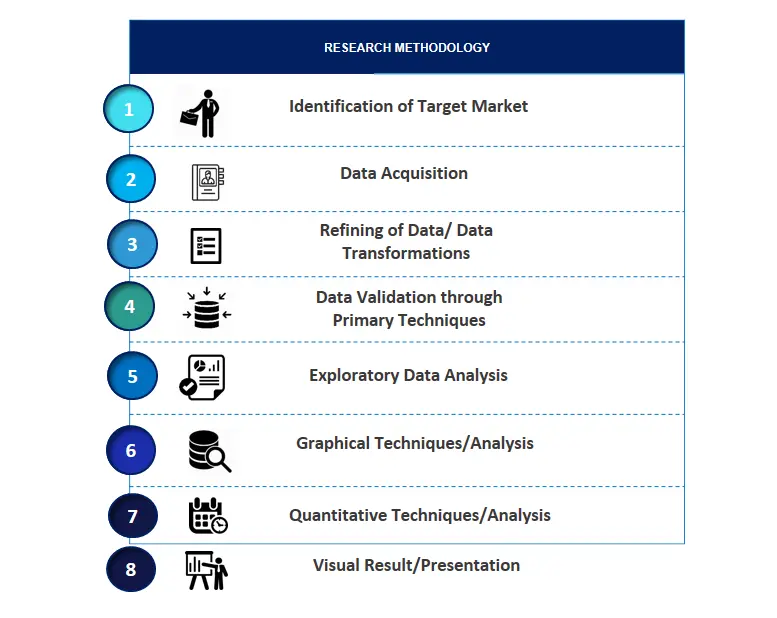
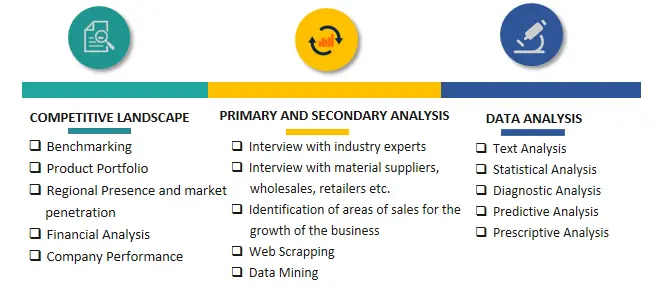

Frequently Asked Questions About This Report
PLACE AN ORDER
Year End Discount
Sample Report
Pre-Purchase Inquiry
NEED CUSTOMIZATION?
Request CustomizationCALL OR EMAIL US
100% Secure Payment
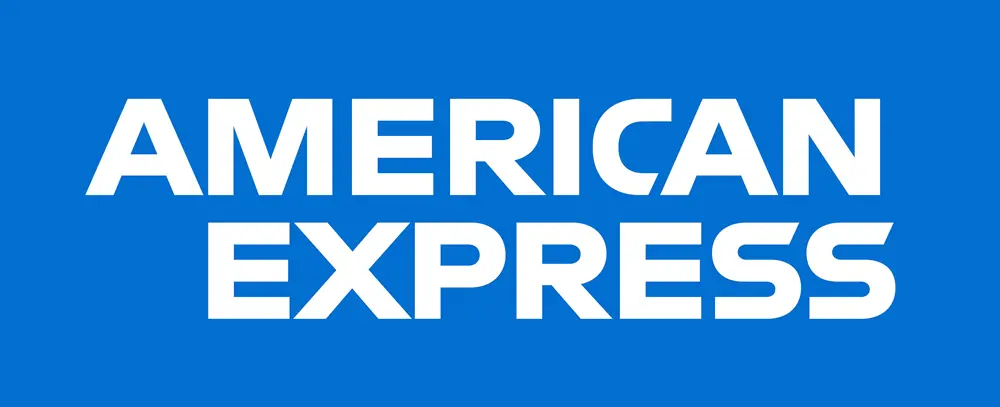

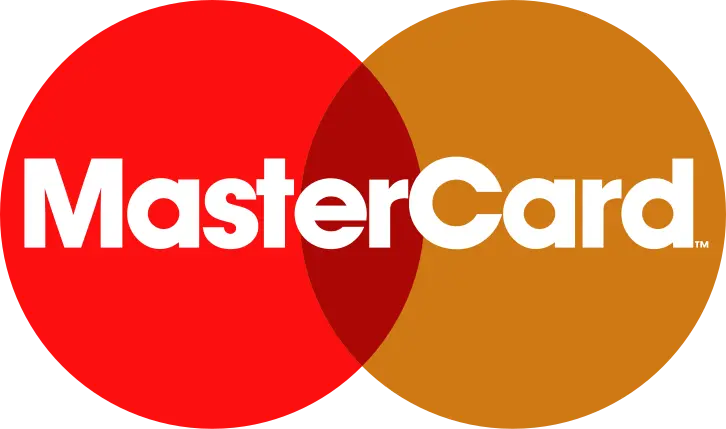
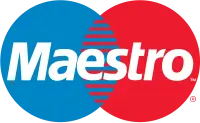


Related Reports
Our Global Clients
Our data-driven insights have influenced the strategy of 200+ reputed companies across the globe.




















